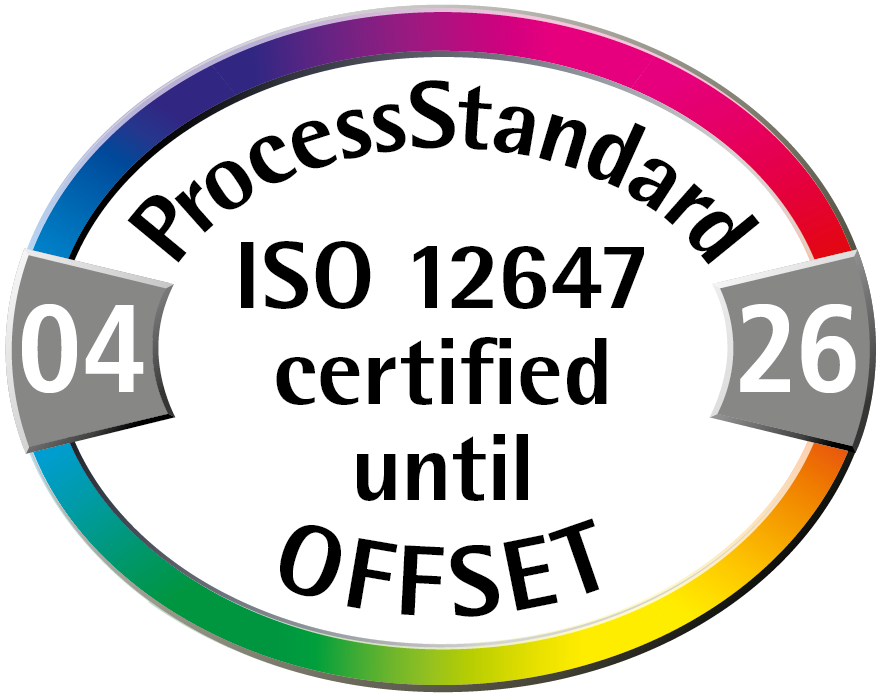Texts: Kateřina Misiarzová, Petr Szewieczek
The carpal tunnels is currently a hot topic. We will focus on this topic in this and future issues of Finidrak more frequently.
What are carpal tunnels caused by?
Most often, carpal tunnel syndrome is caused by faulty movement stereotypes, monotonous load and overloading.
The reason for the pain is pressure on the nerve in the carpal tunnel, which can be caused by incorrect movement when working on a computer, with a mouse or in manual workers, for example. On the other hand, it is also possible that the cause of this syndrome was a single intense activity that we do not normally do.
How do we know when we’re being annoyed by carpals?
The symptoms of carpal tunnel syndrome, which initially occur mainly at night and in the morning, are mainly:
- tingling in the hands
- pain or tingling in the fingers
- pain in the wrist
- general weakness of the hand
- impaired fine motor skills in individual fingers
Carpal Tunnel Syndrome should be accurately diagnosed by a doctor (neurologist through a special examination – most often by EMG).
What to do to prevent defection of carpal tunnel?
We can contribute to the development of carpal tunnel syndrome if we underestimate the preventive measures. If we make repetitive movements at work, it is a good idea to regularly stretch the whole hand, palm, exercise the fingers and wrist, not forgetting the neck muscles, arms and shoulders.
How often do I need to exercise?
Ideally, every day. With heavier loads, even several times a day.

How long do I need to exercise?
The length of exercise depends on the number of exercises – on average it is 5 to 10 minutes.
There are a variety of exercises and instructions on the internet that we can study and practice regularly. However, it is best to participate and demonstrate the exercises in person. This is the only way to be sure that we are doing the exercises correctly.
Are there any other means how to prevent or improve the condition?
Yes, besides regular exercise, this can be for example the usage of a tape, a supporting brace, gentle massage, acupressure or Biomag low-frequency pulsed magnetotherapy. Supplementation of vitamins and minerals, especially magnesium, calcium and vitamin B6, is also advisable. Ice packs, calendula ointment with propolis or similar ointments with anti-inflammatory effects can help with acute problems.
TIPS for stretching exercises:
- repeat each exercise for several series
- alternate the right and left arm regularly (except for exercise A)
- hold the positions for about 20 seconds
- keep your back straight and breathe regularly during the exercise
Make an appointment with our rehabilitation employee who will be happy to advise you and choose the most suitable therapy or recommend a visit to a specialist.






